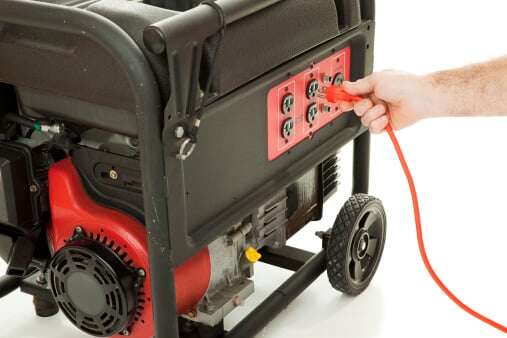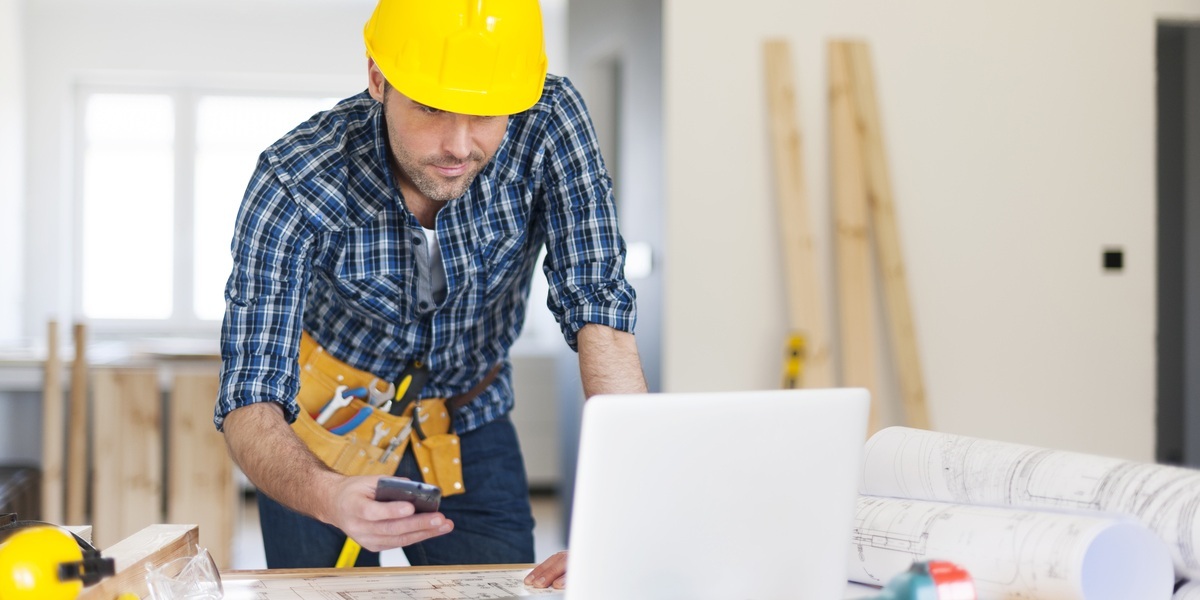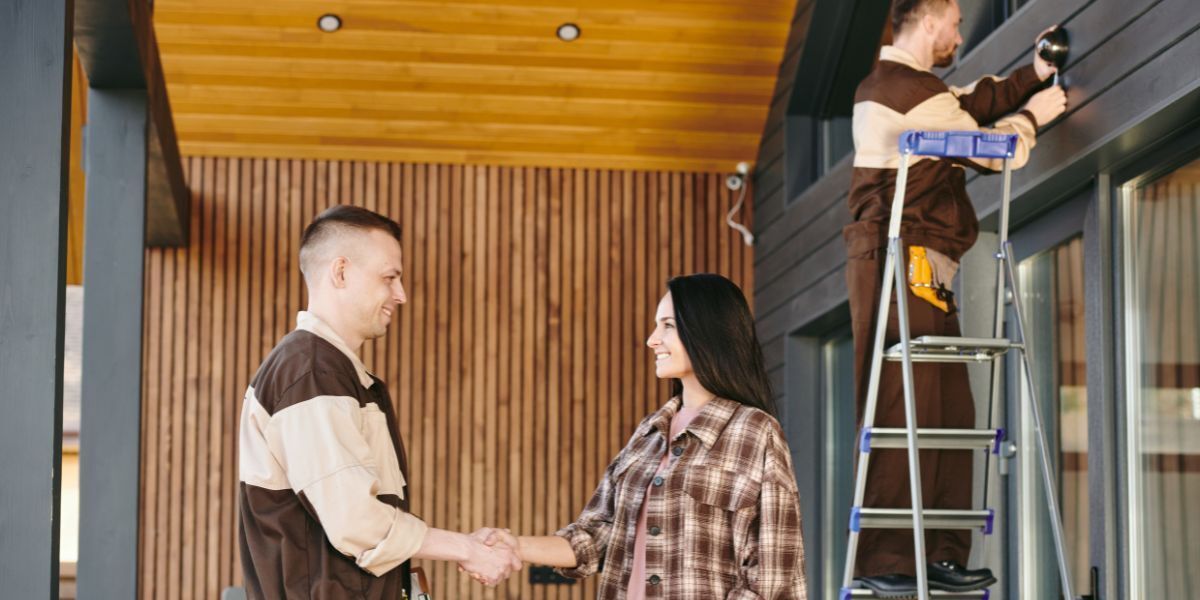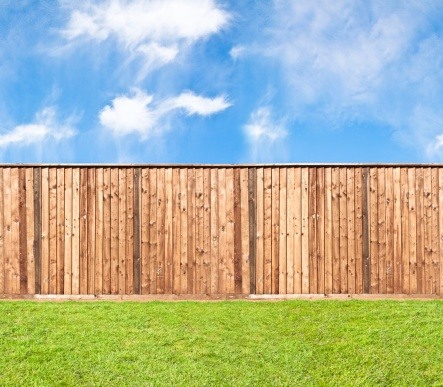 Sometimes, you can almost hear the collective sighs of relief throughout Northern California when the power goes out and people power up their generators.
Sometimes, you can almost hear the collective sighs of relief throughout Northern California when the power goes out and people power up their generators.
These electrical wunderkinds can be a literal port in the storm, providing temporary electricity to lights, refrigerators, freezers, computers, water pumps and our all-important cell phones. Despite their usefulness, power generators can be hazardous and even life-threatening and therefore require special handling.
The three primary risks power generators pose are carbon monoxide poisoning, electrical shock (and electrocution) and fire. While these risks are potentially life-threatening, our intent is not to frighten you or persuade you not to use a power generator; we wish to educate you about electrical safety and proper usage so that you can reduce these risks to a negligible level.
First, read the owner's manual. Familiarize yourself with the generator's components and run through a mock generator drill. If something doesn't add up, don't hesitate to contact a local Chico electrician at Experts In Your Home. We're here for you and to educate you about electrical safety. Keep the owner's manual in a safe place. You probably won't use your generator often, but when you do have to press it into active duty, the manual will help refresh your memory.
Reduce carbon monoxide hazards
- Place your generator outdoors and in a spot where the exhaust streams away from your home's doors and windows. Carbon monoxide (CO) is colorless and odorless, but don't be fooled; it's also potentially deadly.
- Never use a portable generator indoors, including a garage, basement or crawlspace, or even in a partially enclosed area, such as a carport.
Prevent electrical shock and electrocution
- Keep the generator dry at all times and place it on a stable surface. Touch the generator with dry hands only.
- Never plug the generator into a wall outlet. Known as backfeeding, this practice can cause electrocution – not only to you but anyone who comes into contact with it, such as utility workers. There are two ways to connect a power generator to your home:
- You can buy a 25-foot generator cord and plug it into the 20- or 30-amp outlet on the generator. The opposite end splits into three outlets, where you can plug in three appliances or electrical devices. This is a fine option if you wish to target three – and only three – appliances; please don't even think about taking a shortcut and stringing another extension cord into the mix.
- You can have a power transfer system installed by a licensed electrician at Experts In Your Home. The "system" may conjure up an image of a big, bulky and complex piece of machinery, but it basically includes a transfer switch, power cord and a small power inlet box. A power transfer system is the better, safer choice if you wish to power up more than three appliances and/or your entire home because the system energizes entire circuits, not appliances. This means that it supplies power to hard-wired appliances like ceiling fans and furnaces, which usually don't have plugs.
Prevent fires
- Do not store generator fuel in your home. Label and store it in an outdoor, well-ventilated shed and away from other fuel-burning appliances.
- Shut off the generator and let it cool down thoroughly before refueling it. You could unwittingly start a fire if you accidentally spill fuel on hot engine parts.
- Don't overload the generator with fuel.
Like many electrical devices, power generators can be lifesavers – as long as they're handled with care. Let Experts In Your Home show you the way to electrical safety – so that we can hear a sigh of relief coming from your family's direction some day, too.
Get your FREE electrical safety tips guide by dowloading this offer:








